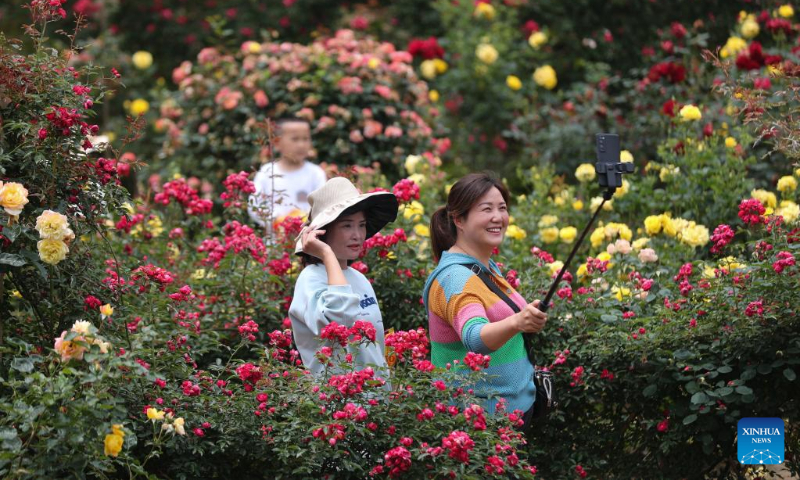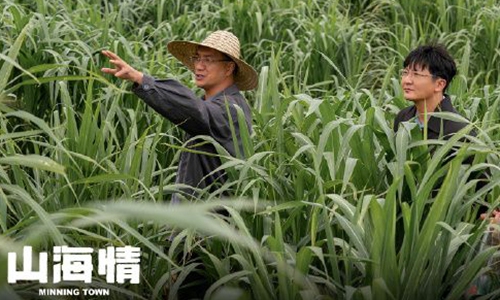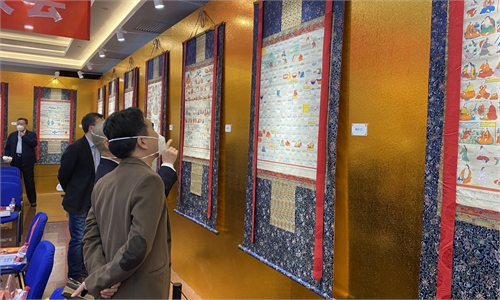ARTS / CULTURE & LEISURE
Trends: 'Appreciating flowers' carried out differently in the West and East

Tourists enjoy flowers at a flower base in Dongmen Village, Jiuzhou Township, Huangping County of Qiandongnan Miao and Dong Autonomous Prefecture, southwest China's Guizhou Province, May 13, 2023. With flowers blooming in the early summer, the flower industry in China witnesses robust growth. (Photo by Yuan Fuhong/Xinhua)
After the long development of human civilization reached a certain level, going to "appreciating flowers" eventually evolved into a group activity. Looking at this activity from a cultural perspective, there are some marked differences in how it is carried out in the West and East. In the West, people go appreciate flowers when there are exhibitions for them, while in China it is a long-standing traditional custom.
During China's long agricultural history, the ancients developed a strong and delicate feeling for plants, especially the beauty of flowers. At the same time, the nature-loving society also created huge market demand for flower cultivation. Therefore, since the Song Dynasty, no matter if it was imperial or private gardens, a variety of newly cultivated flowers rose to the fore. Ancient floriculturists even built special supporting structure to help grow flowers.
China News Service
Nearly 300 exquisite cultural relics are now on display in Chengdu, Southwest China's Sichuan Province, showcasing the grand past of China's Bronze Age civilization. The exhibition gathers relics such as wares made from gold, jade and sea shells from 32 museums and cultural institutions in Southwest China, covering a period of time from the Neolithic age to the Qin (221BC-206BC) and Han (206BC-AD220) dynasties.
The ancients created a splendid Bronze Age civilization based on rich local metal resources. The exhibits are the best of the best from each museum, many of which are recent discoveries such as human figures from the Sanxingdui culture and a seal that indicates the central government's governance over a local region. These precious cultural relics reveal the social outlook, religious beliefs, and aesthetics of Southwest China in ancient times while also providing a look at the overall development of Chinese civilization as well.
Xinhua News Agency
China is creating a win-win situation when it comes to the protection and utilization of its industrial heritage. A cultural park in Xi'an, Northwest China's Shaanxi Province, used to be a towel production factory, but now it has become a community with a supermarket, fish market, and culture center due to the implementation of an industrial heritage innovation plan.
Earlier in 2023, China published a plan for national industrial heritage management, in which it emphasized the importance of protecting industrial heritage while ensuring their sustainable development through restoration and innovation.
China.com


